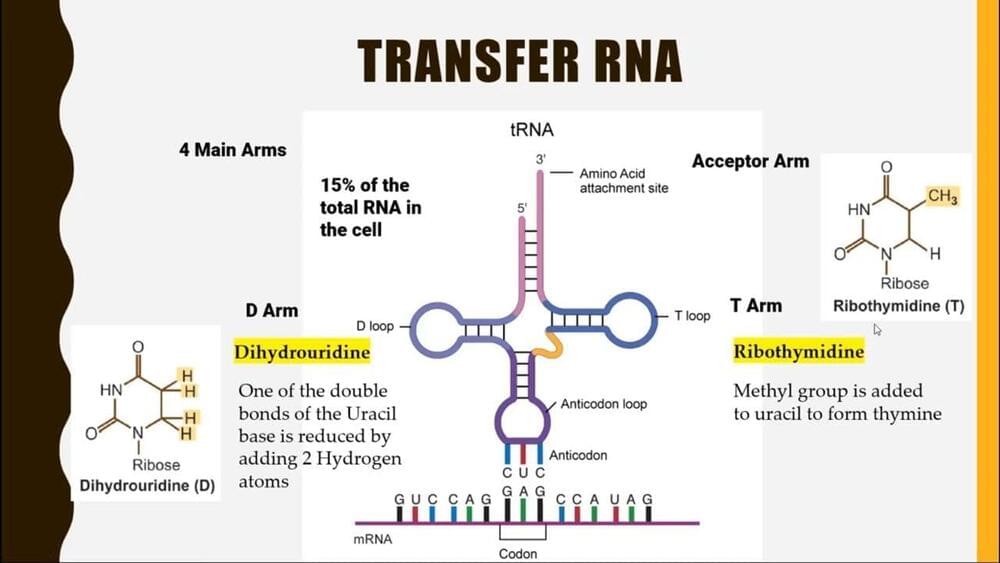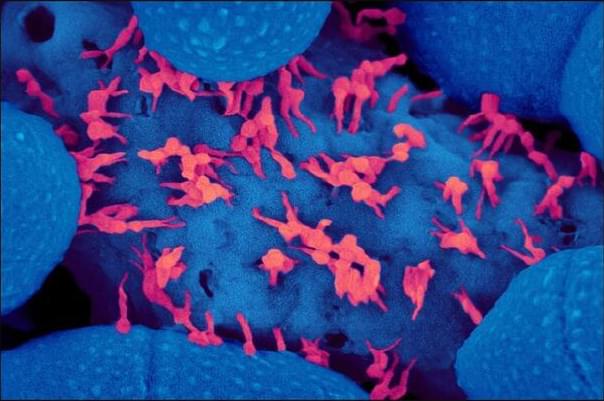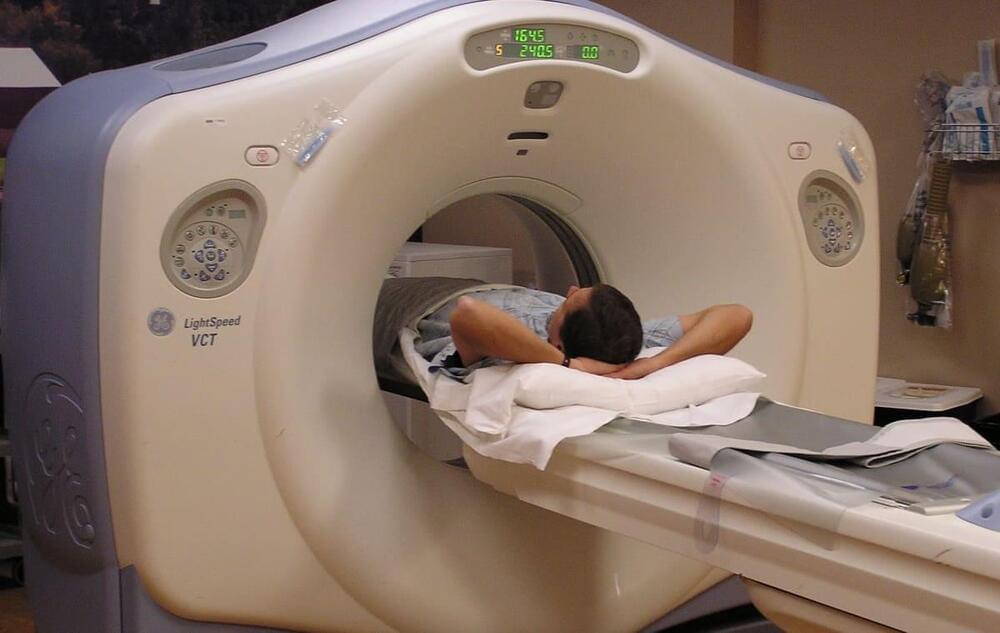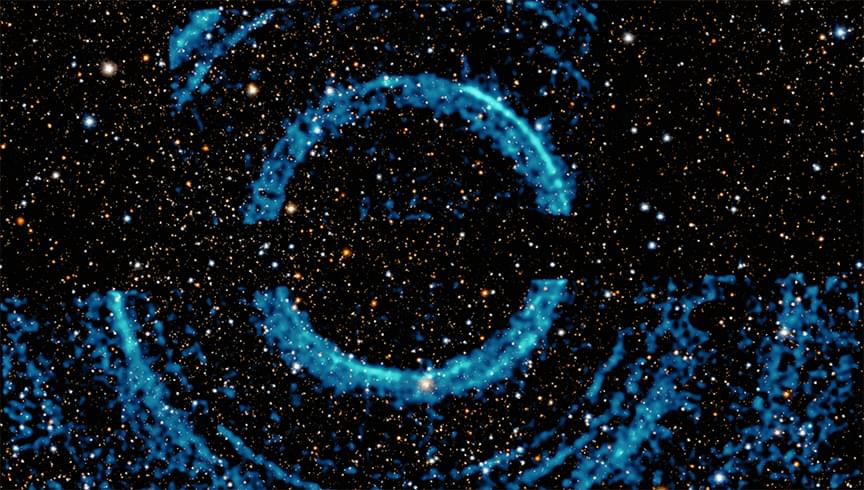Page 3712
Nov 28, 2022
The Friedmann equations, and how they are related to protests in China
Posted by Jose Ruben Rodriguez Fuentes in categories: biotech/medical, government, information science
NEW DELHI: Among all the protests that have erupted across China following the strict quarantine measures enforced by the government for Covid-19, one form that has stood out is the display of a physics equation.
In images widely being circulated on social media, students of Beijing’s Tsinghua University can be seen holding sheets on which is written one of the Friedmann equations.
What these equations have to do with the subject of the protests is open to speculation. Many on social media have suggested that it is a play on the words “free man”. Another view is that it symbolises a free and “open” China, because the Friedmann equations describe an “open” (expanding) universe.
Nov 28, 2022
Unique Features of Octopus Create an Entirely New Way of Designing a Nervous System
Posted by Jose Ruben Rodriguez Fuentes in category: neuroscience
Summary: Researchers discovered a structure within the octopus nervous system by which the intramuscular nerve cords, which help the cephalopod to sense its arm movements, connect arms on the opposite side of the animal.
Source: University of Chicago.
Octopuses are not much like humans — they are invertebrates with eight arms, and more closely related to clams and snails. Still, they have evolved complex nervous systems with as many neurons as in the brains of dogs, and are capable of a wide array of complicated behaviors.
Nov 28, 2022
Amazon has a new drone for 30-minute urban deliveries
Posted by Genevieve Klien in category: drones
As Amazon prepares to debut its long-delayed Prime Air drone delivery service, it’s also showing off a smaller, quieter drone that will be ready in 2024 and could be making regular deliveries in major cities by the end of the decade.
Why it matters: Consumers want their stuff fast, and under Amazon founder Jeff Bezos’ vision, they could get it delivered in as little as 30 minutes while helping the environment by taking CO2-emitting trucks off the street.
Nov 28, 2022
Wow! Artemis 1 Orion spacecraft captures live view of Earth and moon from deep space (video)
Posted by Genevieve Klien in category: space travel
There’s an epic livestream running on the Artemis 1 moon mission, showcasing live views of the Orion spacecraft as it flies in a distant retrograde lunar orbit.
Nov 28, 2022
Novel method automates the growth of brain tissue organoids on a chip
Posted by Shubham Ghosh Roy in categories: biotech/medical, internet, robotics/AI
A team of engineers at UC Santa Cruz has developed a new method for remote automation of the growth of cerebral organoids—miniature, three-dimensional models of brain tissue grown from stem cells. Cerebral organoids allow researchers to study and engineer key functions of the human brain with a level of accuracy not possible with other models. This has implications for understanding brain development and the effects of pharmaceutical drugs for treating cancer or other diseases.
In a new study published in the journal Scientific Reports, researchers from the UCSC Braingeneers group detail their automated, internet-connected microfluidics system, called “Autoculture.” The system precisely delivers feeding liquid to individual cerebral organoids in order to optimize their growth without the need for human interference with the tissue culture.
Cerebral organoids require a high level of expertise and consistency to maintain the precise conditions for cell growth over weeks or months. Using an automated system, as demonstrated in this study, can eliminate disturbance to cell culture growth caused by human interference or error, provide more robust results, and allow more scientists access to opportunities to conduct research with human brain models.
Nov 28, 2022
CRISPR is so popular even viruses may use it
Posted by Shubham Ghosh Roy in category: biotech/medical
Nov 28, 2022
Key Discovery for Future Design of Laser–Fusion Energy Reactors
Posted by Shubham Ghosh Roy in categories: nuclear energy, physics
Work, conducted at Lawrence Livermore National Laboratory and featured in Nature Physics, shows that ions behave differently in fusion reactions than previously expected. Credit: John Jett and Jake Long/LLNL
Ions behave differently in fusion reactions than previously expected, according to new findings by scientists at Lawrence Livermore National Laboratory (LLNL). This discovery provides crucial insights for the future design of a laser–fusion energy source.
The findings, entitled “Evidence for suprathermal ion distribution in burning plasmas,” were featured in a new paper published in the November 14 issue of Nature Physics.
Nov 28, 2022
Lung cancer screening dramatically increases long-term survival
Posted by Shubham Ghosh Roy in category: biotech/medical
Lung cancer is the leading cause of cancer-related death, with a five-year survival rate of only 10–20% in most countries. Early diagnosis is key to improving survival rates, but only 16% of lung cancers are diagnosed at an early stage. New results from a large multicentre, multinational study show that early detection of lung cancer using low-dose CT screening dramatically improves long-term survival.
“While screening doesn’t prevent cancers from occurring, it is an important tool in identifying lung cancers in their early stage when they can be surgically removed,” explains lead author Claudia Henschke from the Icahn School of Medicine at Mount Sinai, who presented the findings this week at RSNA 2022, the annual meeting of the Radiological Society of North America. “Symptoms occur mainly in late-stage lung cancer. Thus, the best way to find early-stage lung cancer is by enrolling in an annual screening programme.”
The lung cancer screening study began back in 1992 with the creation of the International Early Lung Cancer Action Program (I-ELCAP), which has enrolled over 87,000 participants from over 80 institutions to date.
Nov 28, 2022
Listen to the spooky echoes of a black hole
Posted by Jose Ruben Rodriguez Fuentes in categories: cosmology, materials
As well as admiring beautiful pictures of space, you can also listen to those pictures via sonifications. These take images and translate them into eerie sounds to illustrate the wonderful and strange phenomena of our universe. NASA’s latest sonification illustrates the rings of X-rays that have been observed echoing around a black hole in the V404 Cygni system.
The sonification was made using data from NASA’s Chandra X-ray Observatory and Neil Gehrels Swift Observatory, both of which look in the X-ray wavelength. The data from the optical wavelength come from the Pan-STARRS telescope in Hawaii. Taken together, you can see how the X-ray bursts propagate outward from a central point which is the black hole. The black hole itself remains invisible, as it absorbs all light.
However, even though black holes are themselves invisible, the material around them can glow brightly. As material like dust and gas is attracted to the black hole due to gravity, it joins into a swirling disk around the black hole called an accretion disk. This material rubs together and creates heat due to friction, and can become so hot that it glows.


















